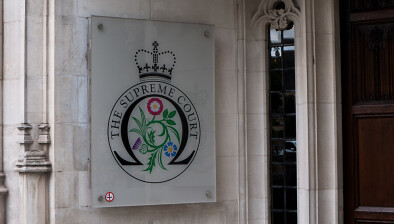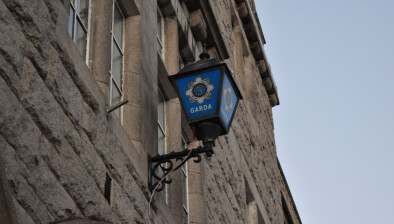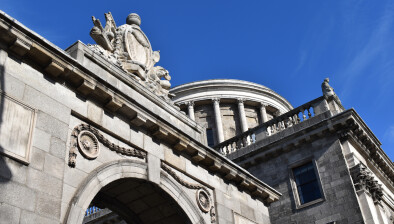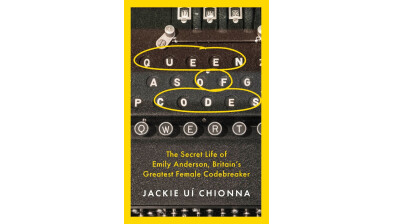Review: How European refugees from fascism in the thirties shaped modern Britain
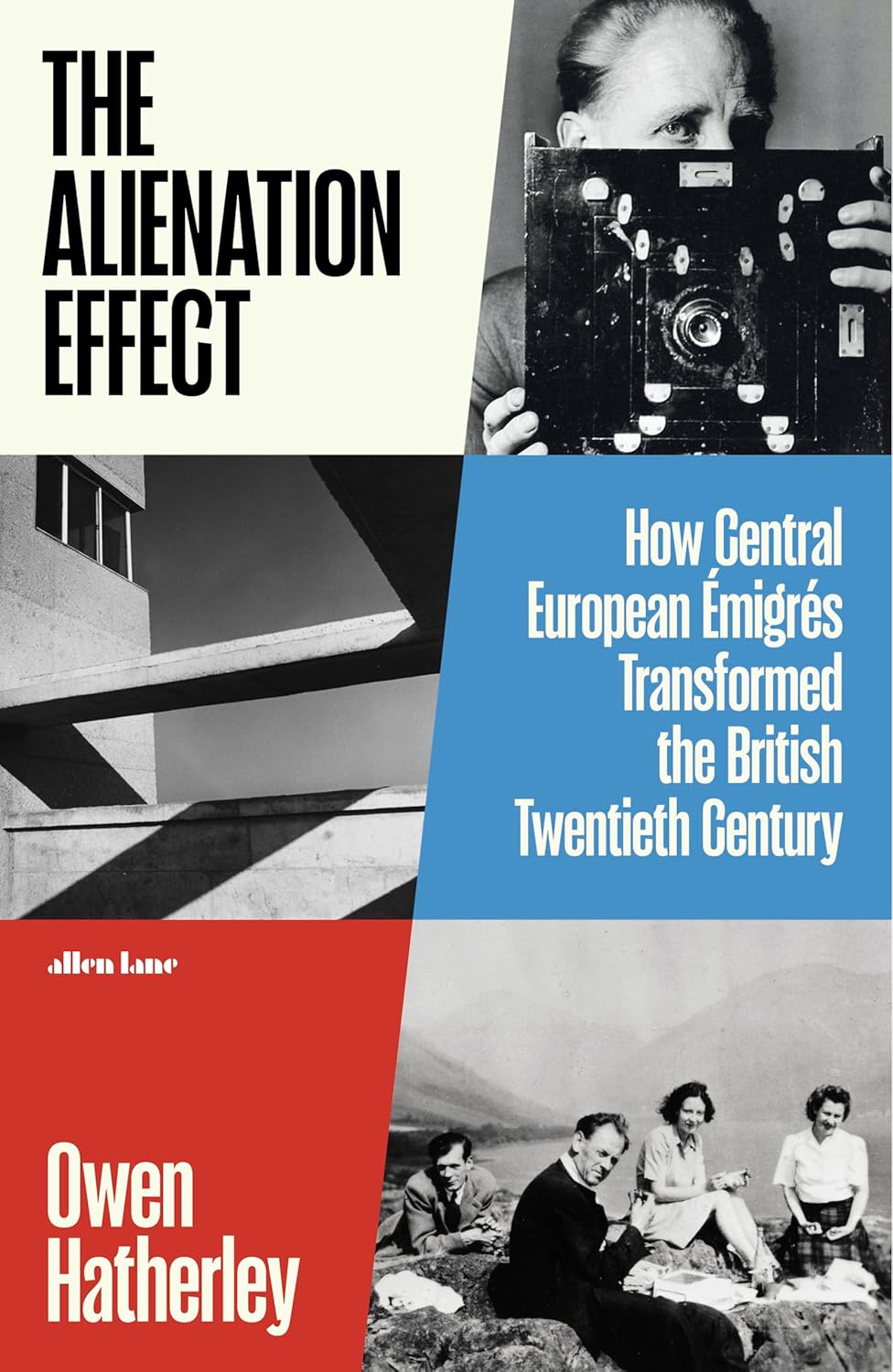
This substantial work is a study of the intellectuals who migrated to Britain during the 1930s from countries in Central and Eastern Europe that were overrun by fascism. It was thought that between 1933 and 1940 about 100,000 such refugees arrived in Britain, although many merely passed through as the preferred destination was America.
The historic issues for British culture were, and are important, and notably, in the introduction, of six chapters and 53 pages, the author explains the limits of his narrative.
The study is of the specific individuals who shaped British culture and were themselves shaped by Britain. They brought a more profoundly urban, modernist and serious culture.
The book focuses on visual culture, and the chapters on cultural transformations are based upon the photograph and film; the book; the work of art; and the building and the city.
A reader with an interest in any or all of these cultural matters will find much of interest. The complexity of the subject matters, and the many individuals involved, are all remarkable.
The author has clearly read extensively and he has a notable familiarity, it would seem, with the literature and important people in the cultural world of the time. On one view, the aspect of the study directed at the modernisation of the book is most compelling, with Central Europeans redesigning the British book. The changes in colour, font and overall design of book covers were probably not noticed by most of the public at the time, but they were an aspect of modernisation.
It seems to be true that many if not most émigrés who did not move on to America found a place in their fields of expertise in London firms or institutions, but that was not invariably so. A few émigrés moved to Scotland and remained for decades but many stayed only for a few years. Those who were here had the attraction of the scenery and the light, in the highlands.
This otherwise wholly commendable study falls short on one point. There is a whole chapter headed “Central Europeans in the Celtic Fringe”.
The reader is advised (p.282): “This movement by émigré artists and others to the non-English periphery, which has more recently been encompassed in the idea of a politically distinct ‘Celtic fringe’, took various forms.” That is a rather dated and patronising view.
Change is continuous, and the once commendable modernist buildings, designed by an émigré architect, such as the ‘Superpits’ in Lanarkshire have all been demolished.
The émigrés were often concerned about their safety and that of their families, and left home at short notice, but they did seek to import something into their new counties of residence. Many were inclined to remake their previous experience into something useful for “a reformist, social-democratic or socialist reorganisation of Britain”, and to that extent this is also a political study.
This is an interesting study in highly knowledgeable detail of the Central and Eastern nationalities, and their contributions to culture and how much is owed to them for their work.
The Alienation Effect: How Central European Emigres Transformed the British Twentieth Century by Owen Hatherely. Published by Penguin, 608pp, £35.






